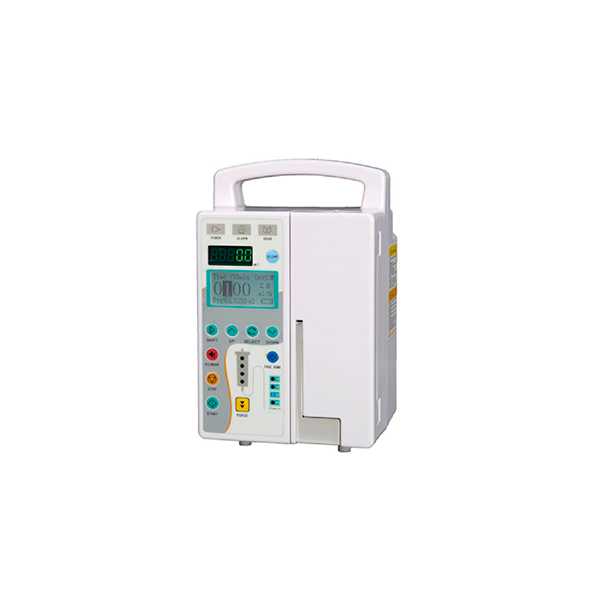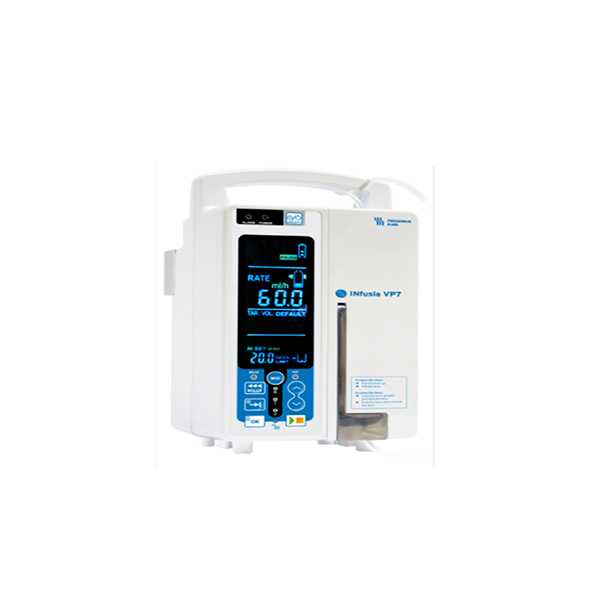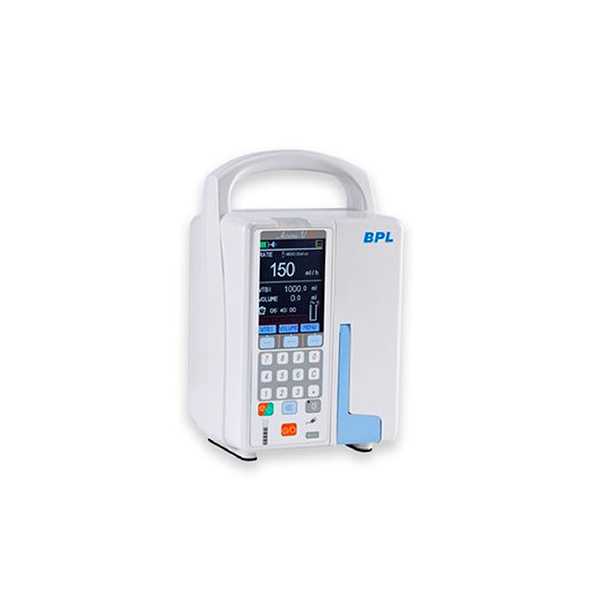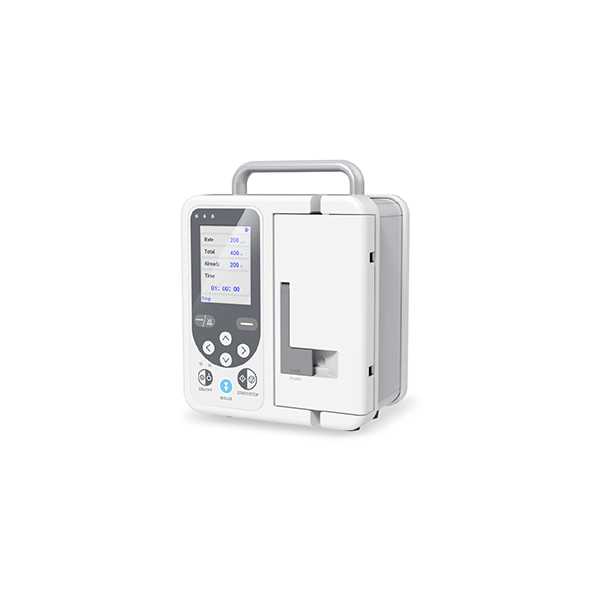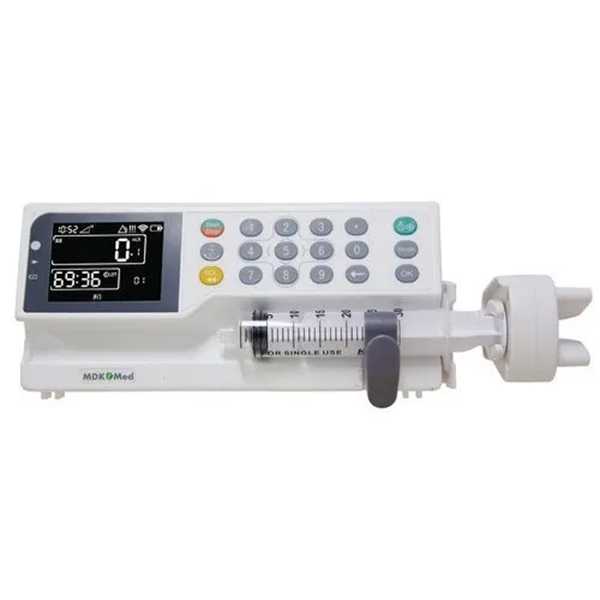infusion pump
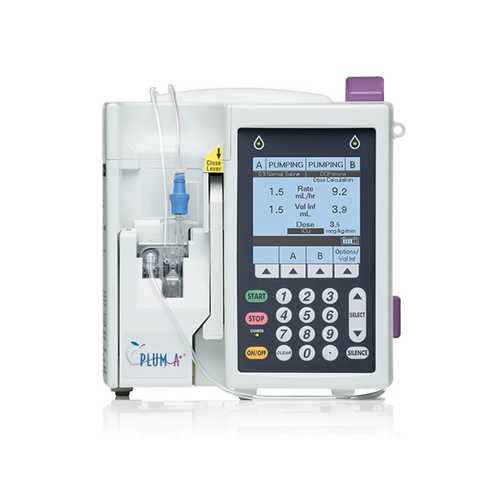
short description
- Indicated for parenteral infusing nutrients, medications
- Flow rate, volume limit, bolus feature and alarm system
- Tube heating function, Dual-CPU monitoring function
description
At PORTEA, we understand the importance of providing reliable and efficient infusion pump solutions. Whether you’re looking for an infusion pump rental near you or considering infusion pumps for sale, we have you covered. Our extensive range of equipment and support services cater to the needs of patients dependent on infusion pumps.
We offer a wide selection of infusion pumps to suit various requirements. From insulin pumps for diabetic patients to patient-controlled analgesia pumps for personalized pain management, we have the right solution. Our parenteral pumps are ideal for delivering liquid nutrients or medications directly into the digestive tract.
You benefit from various features and advantages when you choose our infusion pump rental or sales services. Our pumps offer programmable dosage limits, the ability to be mounted to an IV pole or isolate, seamless integration with the patient’s data management system, rapid obstruction detection, and more.
Count on PORTEA for reliable and convenient infusion pump solutions prioritising patient comfort and well-being. Contact us today to discuss your specific requirements, and let us assist you in finding the perfect infusion pump solution for your needs.
dimensions
- Weight: <2.5kg
- Size of outer shell: Length 120 x Width 140 x Height: 190mm
- Battery: Rechargeable lithium polymer battery, 7.4 V,1650mAh
- Fuse Type: 220V 2A2,12V 2A2
- Electrical safety: compliance with the requirements of IEC 60601-1.
- Volume limit: 1-9999 ml
- Accuracy:±5%
- Bolus: 600ml/h
- Flow rate range: 1-600ml/h
- Fuse Type: 220V 2A2,12V 2A2
also checkout:
Nursing care for Respiratory Care
faqs
1. What are the parts and functions of an infusion pump?
An infusion pump typically consists of several vital parts that work together to deliver fluids or medications accurately and safely. These parts include:
- Control Panel: The user can adjust infusion parameters such as flow rate, volume, and alarm settings.
- Syringe or IV Bag Compartment: Holds the syringe or IV bag containing the fluid or medication to be infused.
- Pump Mechanism: Generates the force necessary to move the plunger or compress the IV bag, facilitating fluid delivery.
- Tubing System: Transfers the fluid from the syringe or IV bag to the patient’s body through a sterile tubing set.
- Flow Sensor: Monitors and measures the flow rate of the infused fluid, ensuring accurate delivery.
- Alarms and Safety Features: Alerts the user in case of any issues or abnormalities, such as occlusion, low battery, or completion of infusion.
The function of an infusion pump is to provide precise and controlled administration of fluids or medications to the patient, maintaining accurate flow rates and volumes while ensuring patient safety.
2. What drug is used in an infusion pump?
The drug used in an infusion pump can vary depending on the specific medical condition being treated. Infusion pumps are commonly used to administer many medications, including antibiotics, pain relievers, chemotherapy drugs, insulin for diabetes management, and intravenous fluids for hydration. The type of drug and dosage is determined by the healthcare professional based on the patient’s condition and treatment plan. The infusion pump ensures controlled and accurate drug delivery over a specified period, allowing for continuous or intermittent administration as needed.
3. What is the most common infusion pump?
The most common type of infusion pump used in healthcare settings is the volumetric pump. Volumetric infusion pumps are versatile and widely used for delivering fluids and medications accurately and precisely. They operate based on a volumetric chamber or sensor system that measures and controls the flow rate of the infusion. These pumps can handle various infusion modes, including continuous, intermittent, and patient-controlled analgesia. Volumetric infusion pumps offer a range of features and settings, making them the preferred choice for many healthcare providers and ensuring safe and reliable administration of fluids and medications to patients.
4. Why is an infusion pump used?
Infusion pumps are used in healthcare for several reasons. They provide precise and controlled administration of fluids or medications to patients. Infusion pumps ensure accurate flow rates, crucial for drugs with specific dosing requirements. They allow for continuous or intermittent infusion, allowing medications to be delivered over a particular period. Infusion pumps also enable patient-controlled analgesia, empowering patients to manage their pain effectively. By automating the infusion process, these pumps enhance patient safety, reduce human error, and allow healthcare providers to monitor and adjust treatments as needed.
Doctor Consultation
Nursing
Physiotherapy
Trained Attendant
Elder Care
Mother & Baby Care
Lab Tests
Medical Equipment
Speciality Pharma
Critical Care

